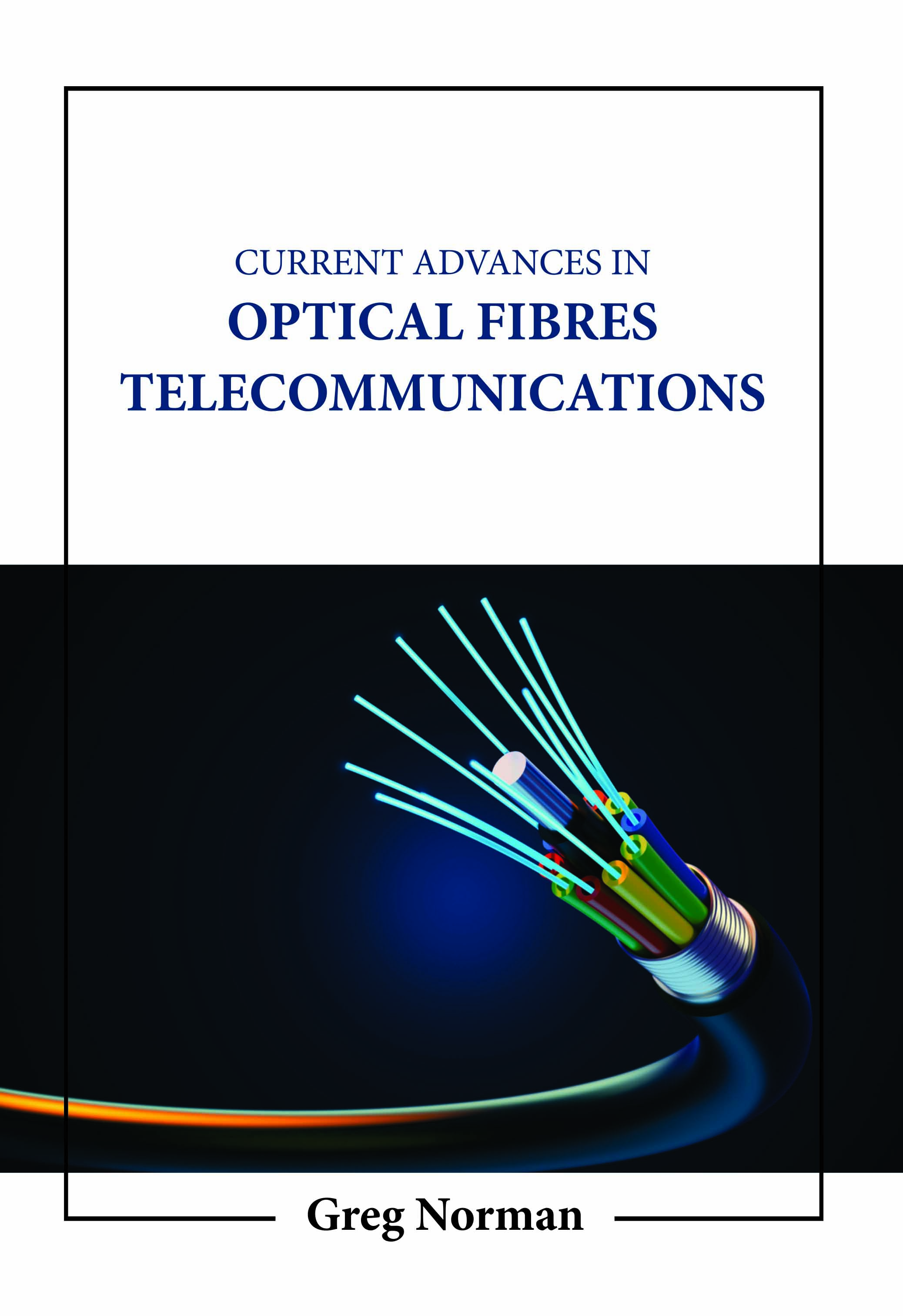
Current Advances in Optical Fibers Telecommunications
by Greg Norman
| ISBN | 9781806248971 |
|---|---|
| Publisher | Digital Drive Learning |
| Copyright Year | 2026 |
| Price | $273.00 |

by Greg Norman
| ISBN | 9781806248971 |
|---|---|
| Publisher | Digital Drive Learning |
| Copyright Year | 2026 |
| Price | $273.00 |
The information in this book is organized into 12 chapters to ensure a logical flow of ideas and to make topics easily accessible by giving the necessary context and theoretical underpinnings. A brief overview of optical fiber communications is offered in Chapter 1 by looking at the technology's historical development, overall system, and key benefits. Chapter 2 talks about telecommunications problems and service quality. The simple ray theory approach is used in Chapter 3 to introduce the idea of optical fiber as a transmission medium. Before considering lightwave transmission inside the various fiber types, the electromagnetic wave theory as it applies to optical fibers is discussed. The topic of single-mode fiber and a more recent form of microstructured optical fiber, known as photonic crystal fiber, is discussed in more detail. Chapter 4 deals with the main optical fiber transmission properties after that. This third edition includes a more in-depth study of single-mode fiber types, polarization mode dispersion, nonlinear effects, and soliton propagation. The qualities and characteristics of single-mode fibers are once again specifically emphasized. The various switching and transmission methods are covered in Chapters 5 and 6. Additionally, talk about the various voice telephony transmission features. Chapter 7 describes the light sources used in optical fiber communications. Chapter 7 covers the other significant semiconductor optical source, the light-emitting diode. Chapter 8 covers the various design elements of optical fibers for communication systems. Chapter 9 gives a comprehensive overview of the main measurements that may be made on optical fibers in the lab and outdoors. The chapter is included at this point in the book to allow the reader to fully comprehend optical fiber subsystems and systems before thinking about these concerns. The third edition's chapter 10 on optical networks, which offers both a thorough overview of this developing topic and a treatment of all the key issues and technological advancements currently under consideration, is nearly entirely new. Data communications techniques are covered in Chapter 11. The use of the communications lasers technique was covered in Chapter 12.